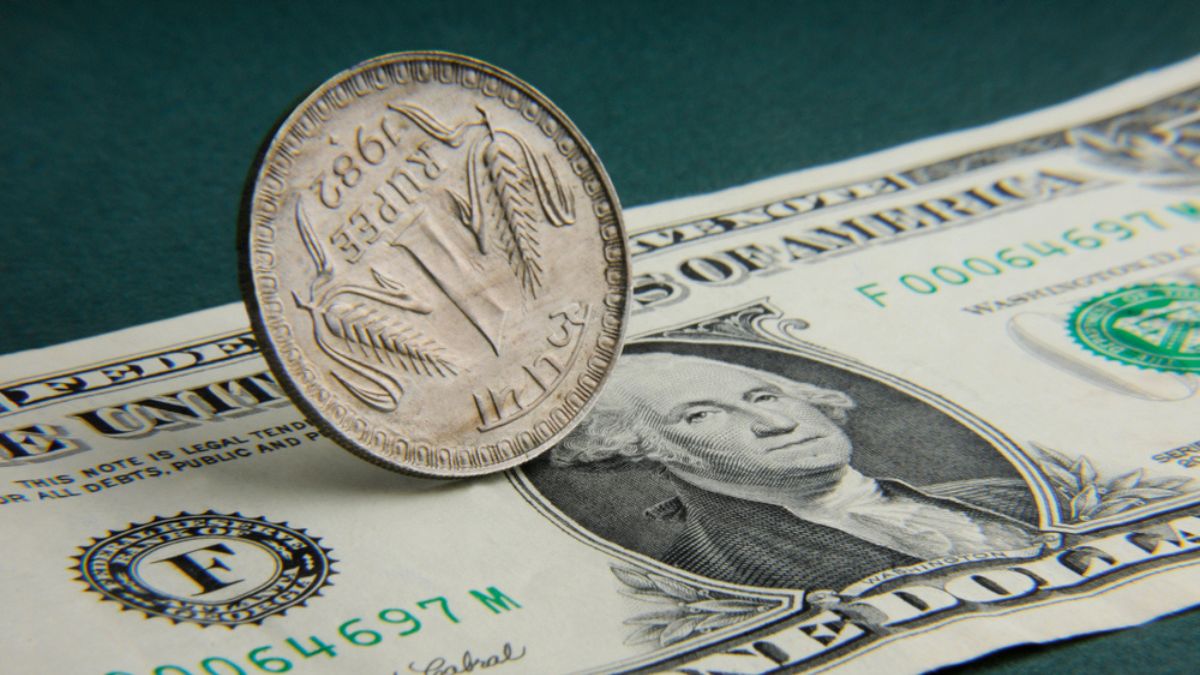Indian benchmark indices inched up in Thursday morning trade following a healthy rise in demand for banking stocks and a bull run across Asian markets. Yet, the rupee fell to a new all-time low of 85.25 versus the dollar.
Sensex jumped more than 425 points, and Nifty rose by at least 123 points in early trade. State Bank of India, Axis Bank, ICICI Bank, along with Power Grid and automakers Maruti Suzuki and Mahindra and Mahindra posted significant gains.
Tokyo, Shanghai and Seoul markets also saw morning trade in the green.
Tata Motors, which has been trading closer to its 52-week low, saw the stock inch up a little over 0.6 per cent to hit a peak of Rs 740.85 in morning trade.
India Cements opened on Thursday trading in the green, with the stock hitting as high as Rs 379.80 apiece, up almost 2 per cent from the previous close. Yesterday, CEO and MD N. Srinivasan stepped down from the board and the company along with other key executives, after it was announced that UltraTech Cement completed the deal to become the majority stakeholder.
ALSO READ | Former ICC chairman N. Srinivasan resigns as CEO and MD of India Cements after UltraTech deal
Following the news of the National Highways Authority of India (NHAI) signing a deal worth Rs 981 crore with Ceigall India, the latter’s stock rose 3.5 per cent in morning trade.
Another gainer was pharma company Panacea Biotech, which posted 5 per cent in gains after securing a UNICEF order for 11.5 crore doses of bOPV (bivalent oral polio vaccine) in FY 2025 for about USD 15 million.
However, foreign investor offloading continued in the Indian markets, with FIIs selling off stocks worth more than Rs 2,454 crore on Tuesday alone.
The last market day was Tuesday for forex, and the rupee had already hit a record low of 85.15 then. Yet the positive morning trade in equities on Thursday could not stop the rupee from sliding further to hit its all-time low of 85.25 against the US dollar. This was primarily due to the increased outflow of foreign funds from Indian markets and increasing demand for the dollar during the year-end.
Experts are of the view that the depreciation of the rupee would eventually lift the cost of imports, aiding inflation and putting pressure on the Indian economy.



